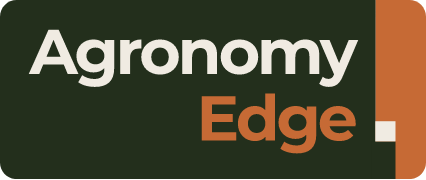Advertiser content
Developing diets help keep control of costs

The two main highlights capable of giving hope within current feed markets are the global liquids markets and the potential growth of UK co-products. And the big demand this winter is going to be for additional energy to balance lower quality silages.
Late cut, poorer quality silages in many areas have resulted in a lot of farmers needing to supplement energy intakes, and to some extent protein as well. The challenge is that many of the traditional energy sources, such as cereals, sugar beet feed, Scottish distillers pellets and maize gluten, are either in scarce supply, more expensive than last year, or both.
In comparison, molasses-based liquid feeds have become much more competitive. Estimates put 2007 world production 15m tonnes higher than in 2006 as a result of increased sugar cane plantings in countries like India and Pakistan. Coupled with a fall in demand from the European bioethanol industry following the introduction of import levies, the result has been additional molasses entering the UK feed market.
Consequently, molasses prices are generally £3-6/t lower than last year, and although supply will adjust to the new levels of demand within a year or so, for the time being a clear opportunity exists. Currently, liquid feeds look set to be available for immediate delivery right through into spring, with the flexibility to order small quantities of different products to match changing needs as rations develop during winter.
Expanding UK co-products represent the other big opportunity and will undoubtedly become increasingly important in years to come. Although supplies of products such as processed bread, biscuit meals and confectionery blends are under pressure this year, their value as sources of starch is still excellent in comparison to cereals.
Developing feeding systems which enable a range of feed types to be used, allowing inclusion of liquids and co-products alongside traditional feeds, for example, will definitely give livestock producers access to more opportunities to keep feed costs under control in the future.
- Information supplied by KW Alternative feeds, suppliers of a range of feeds to UK farmers. For further information, please visit www.kwalternativefeeds.co.uk
Provided by
At KW, we’re proud to support our customers to achieve sustainable performance through unrivalled market expertise and a product offering second to none. We pride ourselves on being a feed and nutritional services partner to some of Britain’s top-performing farms.

